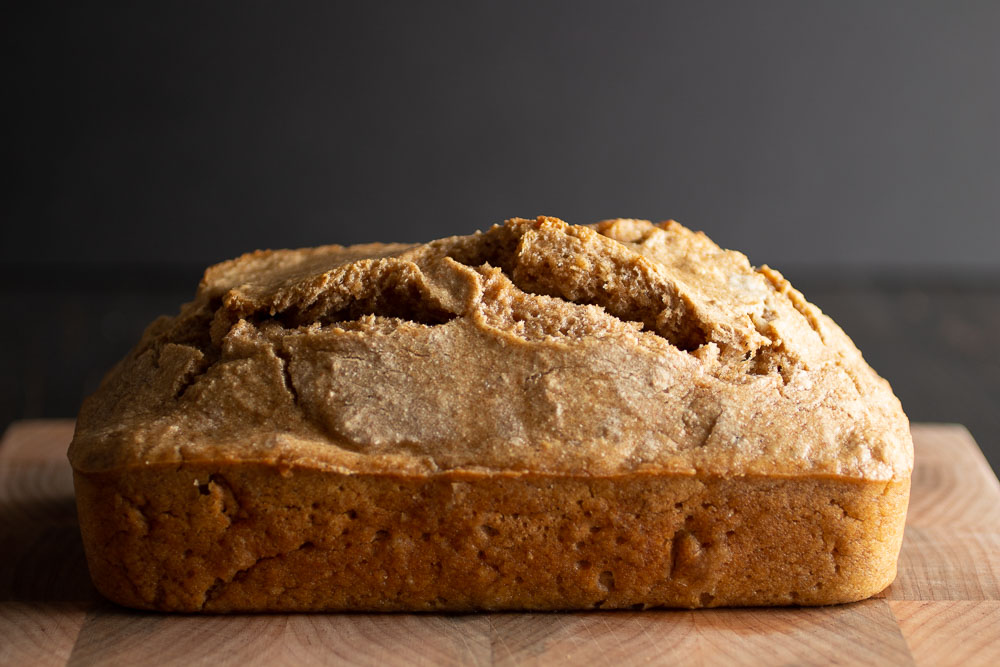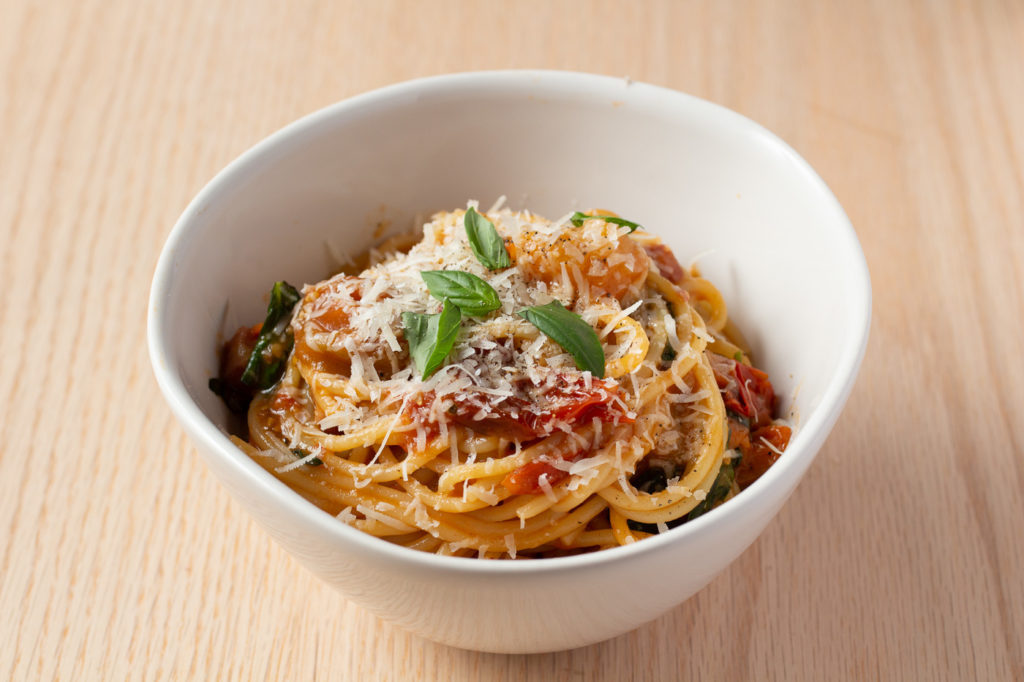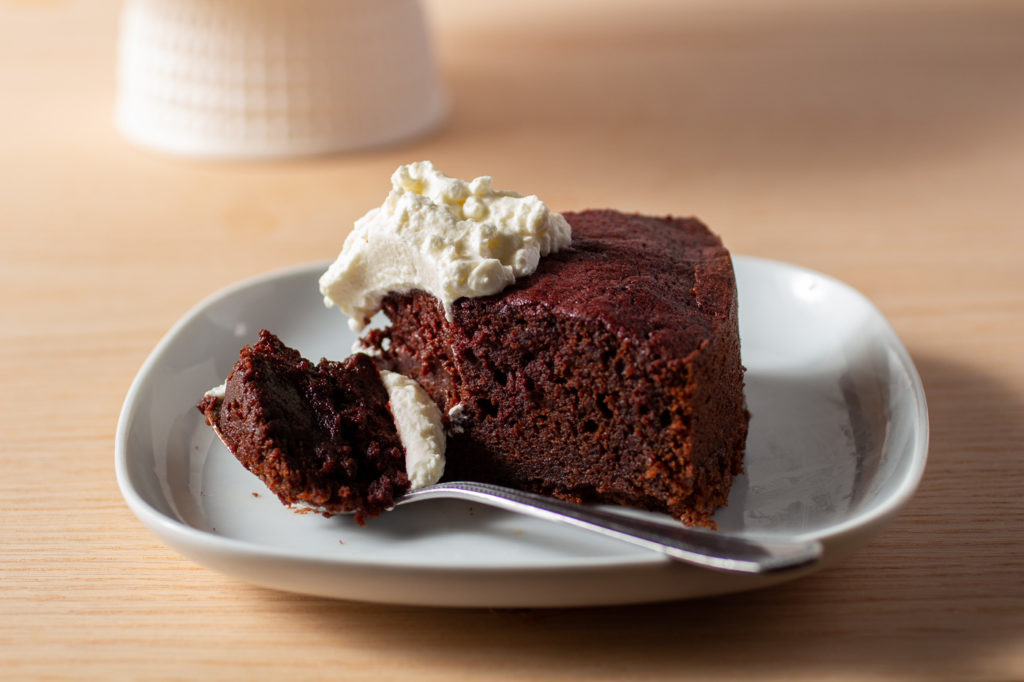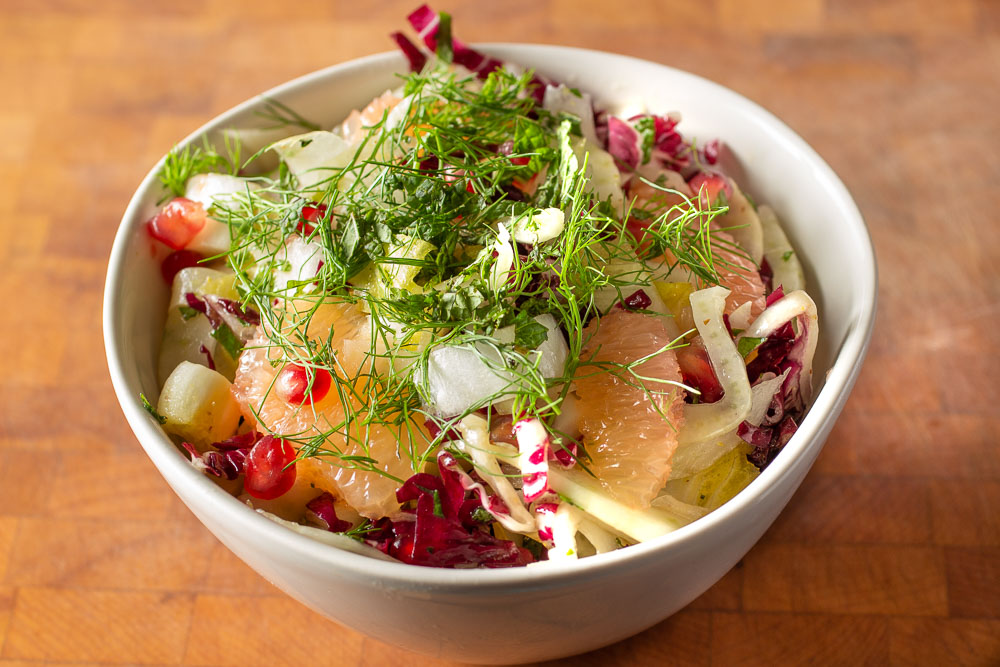
vanilla orange rice pudding
The stalwart comfort of rice pudding, when infused with orange and vanilla, goes from subdued snack that’s nice to eat in bed (“It will bring sweet dreams,” MFK Fisher rightly wrote) to something you might be inspired to eat upright, maybe even out of nice little ramekins with people you like. Citrus season happens to peak around the time people take down their twinkly lights but there are still two months of winter left—not, I think, a gift to be sneezed at. This pudding, at once cozy and obstinately sunny, is the dessert embodiment of how I plan to make it to spring.

Leaving aside the oranges for a second, the most important flavour in rice pudding is actually milk—and specifically, what happens to milk when it’s heated for a good long while. For this reason, I don’t believe in shortcut rice pudding recipes. For the milk to get silky sweet with a subtle hint of caramel, it really needs to cook down for a little under an hour—during which time you are generally free, as long as you hang out near the kitchen and stir occasionally to keep the rice from sticking to the pot.
It’s also why the ratio—four cups of milk to half a cup of rice—is crucial, even if it seems high. I experimented with adding less milk, and found that the rice remained unpleasantly toothsome. Even if it seems like you can barely find the rice in the pot, don’t worry: as long as you keep it at a gentle simmer, it will thicken to exactly the right texture. (Pleasantly milky warm out of the pot, and perfectly creamy when chilled).
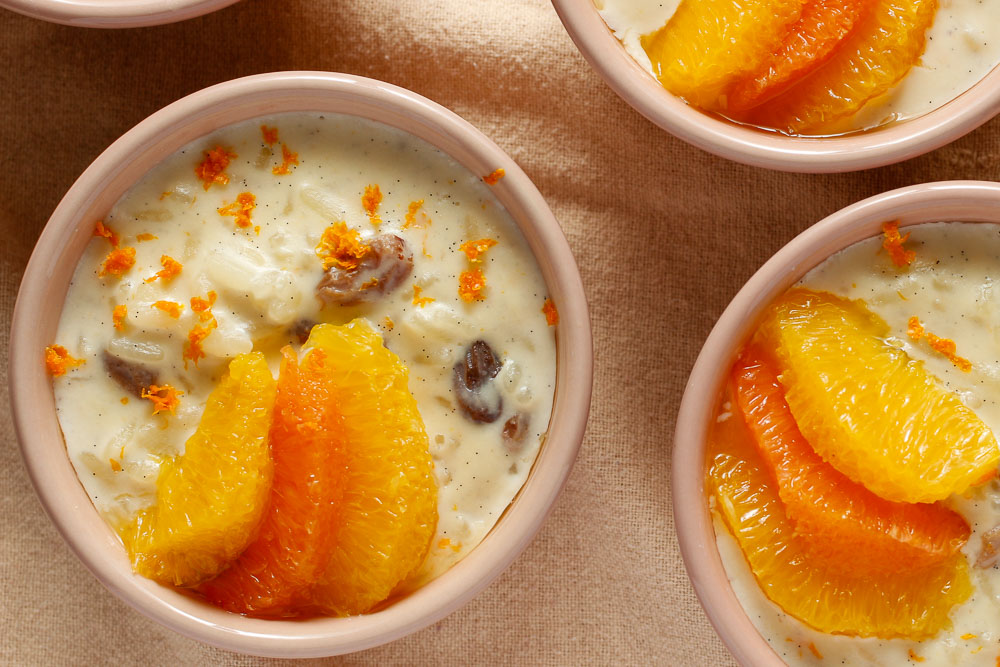
This recipe also calls for vanilla, cinnamon, and bay leaf, and it’s worth noting why we bother with all this. Bay leaf (a little counter-intuitive, but apparently a traditional rice pudding ingredient) reprises its supporting role in which I’m not 100% sure what it does, but I can taste the difference when it’s not there. While not strictly necessary, it really does bring an ineffable, craveable something.
I probably don’t need to tell you why cinnamon and vanilla work in a dish that’s been repeatedly called a “classic comfort food,” but their respective hug-in-a-bowl qualities are especially important when we add a bright, citrusy top note. (Whole vanilla, while on par with printer ink in terms of unreasonable cost, makes it all taste rounder somehow—but extract will absolutely work in a pinch. Just add it later in the cooking process, as in the recipe). Finally, the raisins add a little textural interest, but you can nix them if you’re not a raisin person.
Whether fancily or in bed with big socks on, I really hope you try this. It falls dead centre in the Venn diagram between easy, soothing, and rewarding—just what we need this time of year.
A note on recipe development, in case you’re interested
Guys—I ate a lot of bad rice pudding this week. For a dish that’s supposed to be easy—and it is easy to make, when you get the ratios down—this recipe was surprisingly temperamental to develop. Small changes made a very big difference, probably because milk and rice are more or less a blank canvas.
One version I looked at used a whole orange, unpeeled and cut into cubes. The orange flavour was nice (and surprisingly not bitter, despite the pith), but the chunks of unpeeled orange did not, as I hoped, undergo any magical change to make them palatable, and we ate around them.
Next, I tried a whole orange cut into thirds, to remove at the end—for whatever reason, the bitter pith made itself very known this time. That one sat quietly in the fridge for three days before getting unceremoniously thrown out. I tried a whole cinnamon stick and a whole vanilla bean—they overwhelmed everything and became almost perfumey.
And so—there’s definitely room to play here, but it’s a sensitive dish. The amount of sugar and raisins made less of a stark difference, so if you’re going to experiment, I would start there. If you play with the spices and flavourings, go with less than you think you need to start.
oranges 2, zested and sectioned
vanilla 1/2 bean, or 1 teaspoon extract*
bay leaf 1
cinnamon 1/2 stick or 1/2 teaspoon*
sugar 1/4 cup
milk 4 cups (whole or 2% – whole for a creamier pudding)
kosher salt a small pinch
arborio rice 1/2 cup
*Whole spices have a nice depth (and are more fun to work with), but extract and powder work well too.
Zest both oranges. Put half the zest in a medium pot with the bay leaf, cinnamon stick (or powder), sugar, milk, and rice. Split the vanilla bean in half crosswise (reserving the rest for another recipe), split it again lengthwise, and add it to the pot, scraping in the seeds. (If you’re using extract, add it off the heat at the end).
Whisk to dissolve the sugar, and bring it all to a gentle boil—and then a bare simmer. Cook for around 50 minutes, stirring every so often. A skin will form on the milk: it’s all good, stir that in too.
In the meantime, either peel the oranges or “supreme” them by cutting between the membranes (here’s a one-minute video about that).
finish
When it’s done and warm from the pot, the rice pudding will still be a little milky—this is how you want it, since it would otherwise be too dry when chilled. Off the heat, remove the whole spices and stir in most of the remaining zest, reserving a bit for garnish. (Adding zest at the end as well as at the beginning makes for layers of orange flavour).
Finish with orange slices (I used some blood orange for colour) and the remaining zest. Serve warm or chilled, ideally in individual ramekins.
store
This will keep in the fridge for about 4 days, but will be best in the first two.

